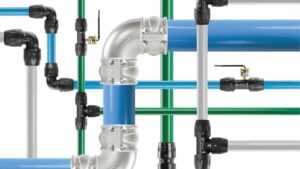Automation Glossary: Bill of Materials (BOM)
What Is A Bill of Materials (BOM)?
A Bill of Materials (BOM) acts like a recipe for manufacturing a product. It lists all the components, raw materials, and sub-assemblies needed to create the final product, specifying the exact quantities required for each. BOMs can vary in format, including single-level and multi-level structures, but their core purpose remains the same: to guarantee that all necessary items are accounted for and available. This breakdown ensures smooth and efficient production processes, minimizes delays, and helps in inventory management by making sure everything required is on hand to assemble the product without any interruptions.
What Are BOMs Used For?
- Manufacturing: BOMs are crucial for production planning, inventory management, and purchasing by detailing component quantities, lead times, and procurement needs. They also ensure quality control by specifying correct materials.
- Engineering and Design: BOMs are used in engineering and design by listing necessary components and specifications. This allows for product variations through different assemblies.
- Other Applications: BOMs to estimate costs by calculating total component costs and assist with maintenance by identifying spare parts. They also are used in logistics and supply chain management by providing essential information on sourcing, transport, and storage.
Related Terms
Occupancy detection within vehicles is a technological system engineered to determine the presence and number of individuals inside a vehicle....
A tensile tester is a device designed to quantify the tensile strength of substances, representing the maximum force a material can endure before fracturing under tension....
Further Reading

Compressed air distribution piping is a necessary component in many industrial operations. It links the compressor room to the point of use. And yet, this seemingly unassuming system has immense potential for energy savings in industrial operations.
March 8, 2024



